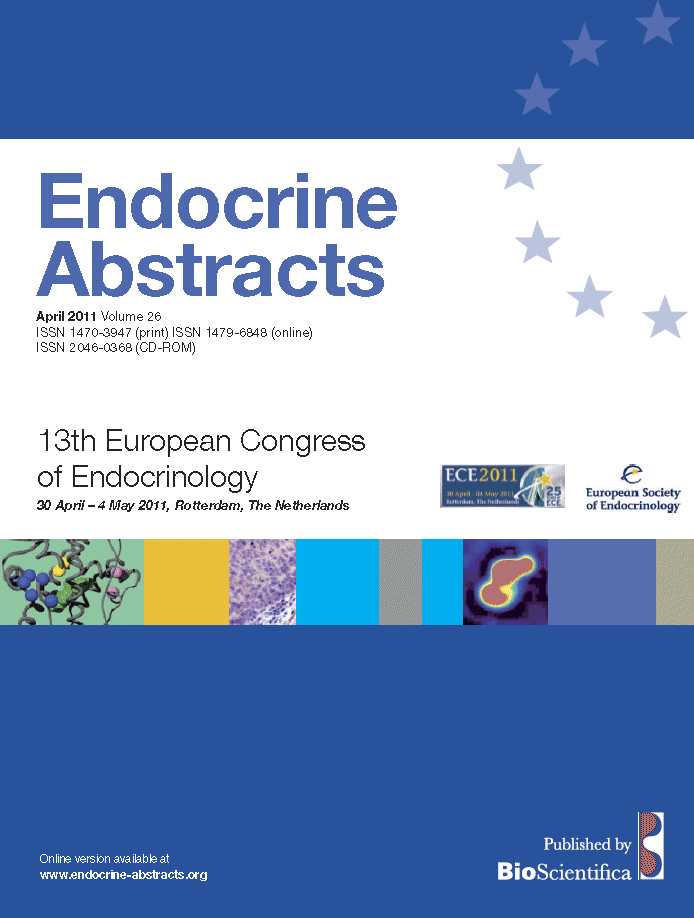Searchable abstracts of presentations at key conferences in endocrinology
Symposia
Novel approaches to <emphasis role="italic">in vitro</emphasis> and <emphasis role="italic">in vivo</emphasis> imaging
ea0026s7.1 | Novel approaches to <emphasis role="italic">in vitro</emphasis> and <emphasis role="italic">in vivo</emphasis> imaging | ECE2011
How to visualize G-protein-coupled receptor signaling by FRET
G-protein-coupled receptors (GPCRs) constitute the major family of cell surface receptors. They comprise receptors for light, taste and smell as well as ions, small transmitters, peptides and large protein hormones. Given their involvement in fundamental biological processes and their accessibility, GPCRs serve as targets for many classes of drugs, including beta-blockers, antihistamines and opiates.Whereas many biochemical steps involved in GPCR signali...
ea0026s7.3 | Novel approaches to <emphasis role="italic">in vitro</emphasis> and <emphasis role="italic">in vivo</emphasis> imaging | ECE2011
Molecular and clinical imaging of adrenal steroidogenesis by iodometomidate
Molecular imaging technologies are emerging tools providing both researchers and clinicians with technologies for non invasive in vivo studies. Steroidogenic enzymes are abundantly and specifically expressed in steroidogenic tissue and represent an interesting target for tissue specific characterization. Iodometomidate is a highly potent inhibitor of cortisol and aldosterone synthesis due to specific and high affinity binding to both CYP11B1- and CYP11B2-enzymes. Our ai...




